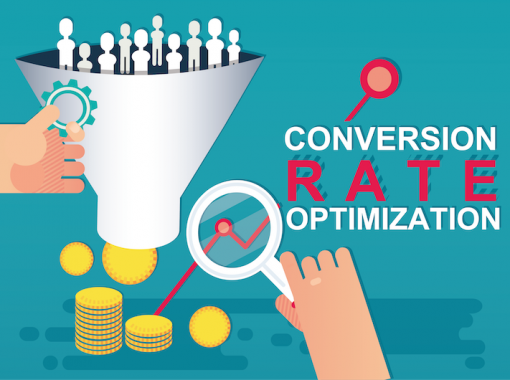
Some business leaders may confuse goals with dreams. A dream is an abstract concept of something that could happen in the future, while a goal is a tangible objective. But more importantly, a goal inspires action steps and planning, and this is why goals are so important for an organization. Further, goals also guide expectations, whether they’re for advertising, sales, human resources, or another area. Here are some tips to keep in mind while setting goals and expectations for your company, so you can both dream big and achieve.
Table of Contents
1. Set Tangible, Time-Grounded Goals
With tangible goals that are grounded in time-based benchmarks, you not only make it clear where your business needs to be heading, but you also create a healthy sense of urgency. On the other hand, if your goals are too high level or they don’t have time periods attached to them, people may have a hard time understanding the role they play in achieving them and when to act.
For example, it could be a mistake to set a goal such as “increase revenues 12% over the next fiscal year.” This may not be specific enough, and the time period could be too far away.
It may be more effective to include a “how,” as well as chunk the time period into shorter pieces. In this way, you make it easier for stakeholders to understand what they need to do and by when.
For instance, you could set a revenue-related goal for each department, structuring them like this:
- In conjunction with marketing, increase revenues by 12% over the next fiscal year by boosting sales with existing clients by 14% and new customers by 11%. The overall revenue increase should be 14% in the first quarter, 11% in the second quarter, 12% in the third quarter, and 11% in the fourth quarter.
2. Make Expectations Clear and Put Them in Writing
When expectations are clear and in writing, for many employees, they become the foundation of their personal goal-setting process. In effect, your expectations serve as a guide for motivated employees to hit the benchmarks they need to. This is why it’s so important to make sure expectations are crystal clear and written down, regardless of your business type—for-profit, nonprofit, private, or public.
To make sure your expectations are completely unambiguous, you can use the following tips:
- Clarify expectations for different departments and even team members. This can help prevent people from presuming that the expectations don’t apply to them personally.
- Have your managers sit down with employees individually and work through the written expectations one by one. At the end of the meeting, the employee can be invited to sign the document to verify that they have read and understood it.
- Incorporate employee feedback in a public setting as well as during private, individual meetings, and write down the feedback you plan to incorporate in the list of expectations.
For example, you can use a portion of a companywide meeting to set global expectations for all team members. At the same time, you can solicit input regarding what expectations should be before finalizing the list. For instance, you may want to present some preliminary expectations to the group and then divide the overall team into subgroups and invite them to brainstorm things that could be added to the list.
You then inform everybody that the managerial team is going to review their input and release a document that includes employee suggestions. By soliciting input, you show employees that you value their opinions and business sense, seeing them as the ultimate “inside influencers.” Also, because they had to think about the expectations the managerial team presented while coming up with their own, they will likely have more clarity regarding what is expected of them.
3. Spend Time Explaining Why Your Expectations Are So Important
You should spend far more time explaining why your expectations are important than presenting them because it’s the “why” that’s going to achieve genuine employee buy-in. This is another area where being as specific as possible helps. For example, you can explain the “why” in this way:
- We expect employees to communicate with their manager regarding challenges they’re facing at least once a week because this enables the manager to find ways of supporting each employee before a minor challenge morphs into a major issue.
- We expect customer support staff to follow up on all leads generated through our vanity toll-free numbers in no more than 48 hours after the call was received because the customer may still be searching for a solution.
Even though it may seem that some expectations should go without saying, it’s better to err on the side of caution than to presume your team understands why you’re requiring X, Y, or Z.
By setting tangible, time-bound goals, making your expectations clear, and explaining the “why” behind them, you make it easier for your team to both understand what they need to do and to feel a personal connection to the company’s success. With this level of engagement, your team can gel together as one cohesive unit as they push your business to the next level.












